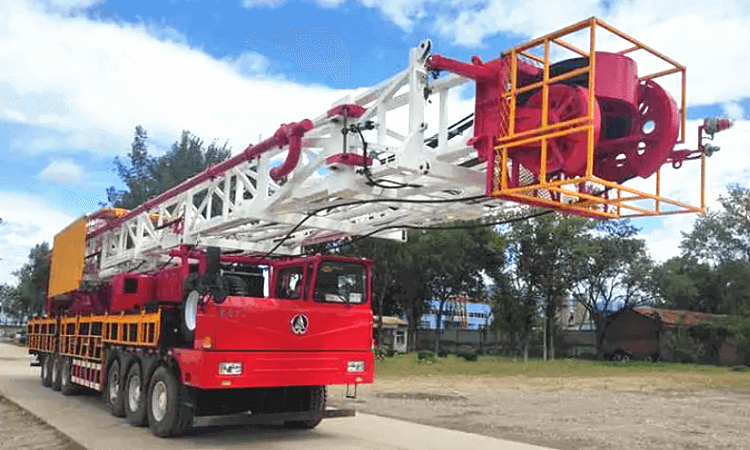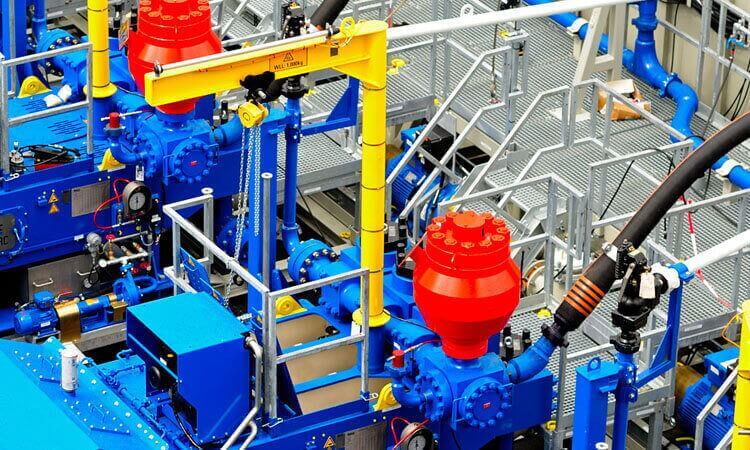Safety Operation and Risk Management Guide for BOPs
Blowout preventers (BOPs) are critical safety devices used in the oil and gas industry to control wellbore pressure and prevent blowouts. Proper operation and effective risk management of BOPs, particularly the BOP stack and associated components like the annular BOP and ram BOPs, are essential to ensure the safety of personnel and assets. This article provides a comprehensive guide for the safe operation and effective risk management of blowout preventers.
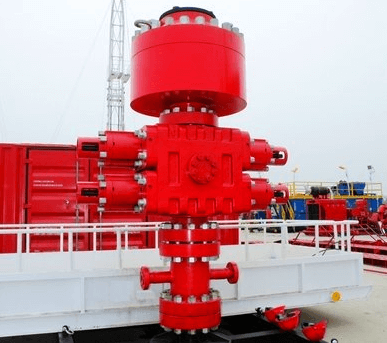
1.Training and Competency:Ensure that personnel involved in operating and maintaining blowout preventers receive comprehensive training on the specific BOP system in use. Training should cover proper operation, emergency procedures, and risk awareness. Regular competency assessments and refresher training programs should be implemented to keep operators up-to-date with the latest practices and procedures.
2.Pre-Operational Checks:Before deploying the blowout preventer stack, perform thorough pre-operational checks. Inspect all components for damage, leaks, or wear. Verify that control systems, hydraulics, and electrical connections are functioning correctly. Conduct pressure tests to ensure the integrity of seals and preventer mechanisms. Document and address any issues identified during these checks.
3.Standard Operating Procedures:Develop and implement clear and well-documented standard operating procedures (SOPs) for the safe operation of blowout preventers. SOPs should include step-by-step instructions for routine operations, well control scenarios, and emergency shutdown procedures. Regularly review and update SOPs based on lessons learned, industry best practices, and regulatory requirements.
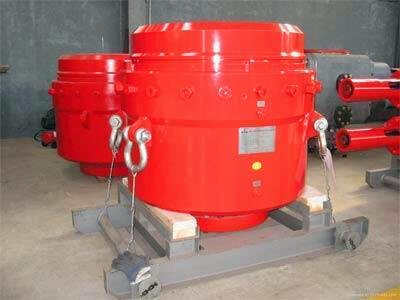
4.Emergency Response and Well Control:Establish robust emergency response plans and well control procedures specific to blowout preventer operations. Clearly define roles and responsibilities during emergency situations. Conduct drills and simulations to ensure all personnel are familiar with their roles and can respond effectively to well control incidents. Regularly review and update emergency response plans based on lessons learned and industry developments.
5.Maintenance and Testing:Implement a proactive maintenance and testing program for blowout preventers. Regularly inspect and maintain all components according to manufacturer guidelines and industry standards. Conduct functional tests, pressure tests, and shear tests to verify the integrity and functionality of the BOP stack. Document all maintenance activities and ensure timely repairs or replacements of faulty equipment.
6.Risk Assessment and Mitigation:Conduct comprehensive risk assessments to identify potential hazards associated with blowout preventer operations. Develop risk mitigation strategies and controls to minimize the likelihood and impact of incidents. Regularly review and update risk assessments as new risks emerge or operational conditions change. Encourage near-miss reporting to enhance safety awareness and identify areas for improvement.
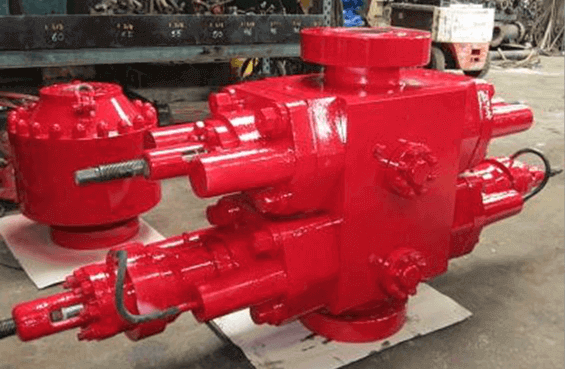
The safe operation and effective risk management of blowout preventers are paramount to ensuring the safety and integrity of oil and gas operations. By following the guidelines outlined in this article, including proper training, pre-operational checks, SOPs, emergency response plans, maintenance and testing programs, and risk assessments, operators can minimize risks, respond effectively to emergencies, and maintain a high level of safety and operational integrity in blowout preventer operations.

